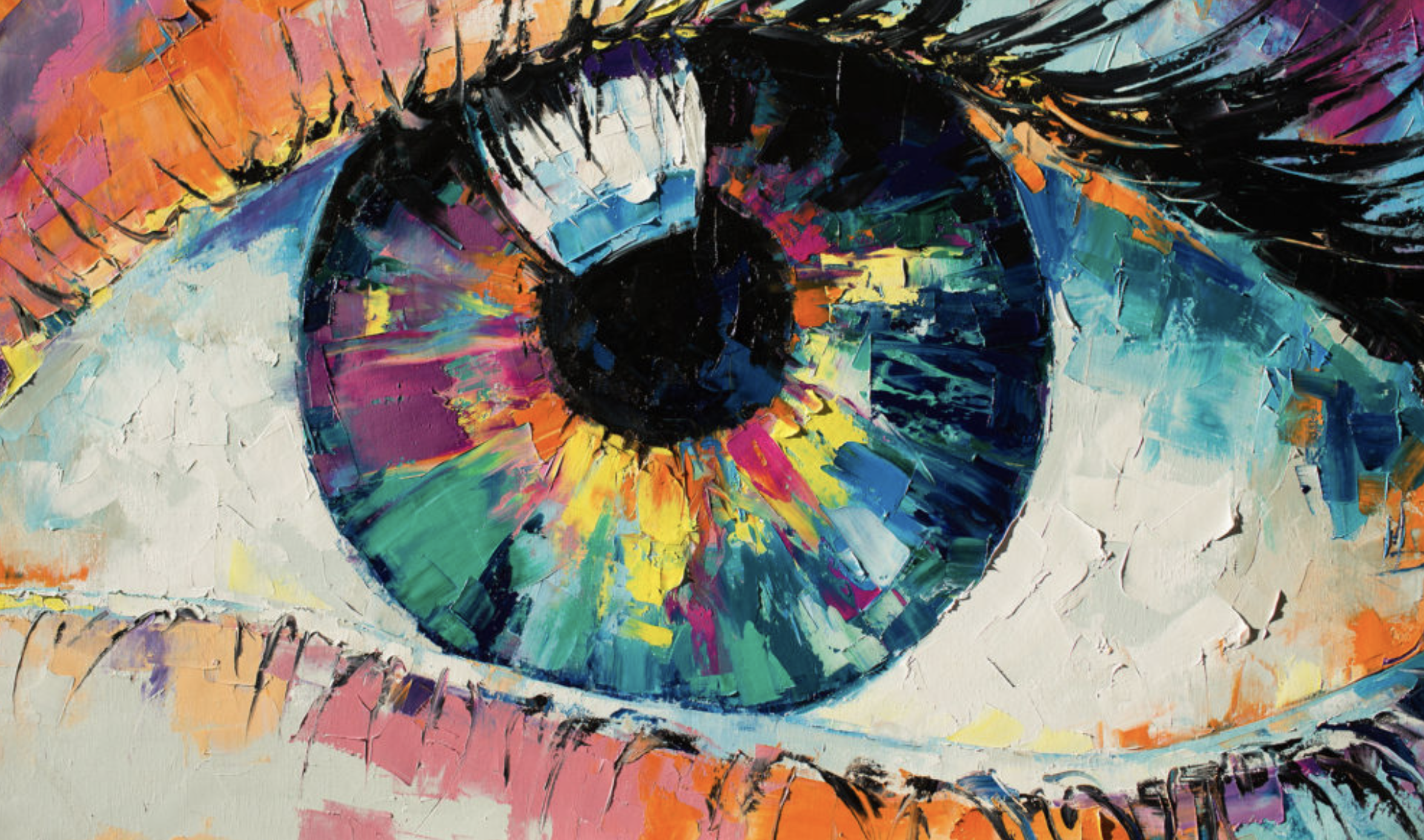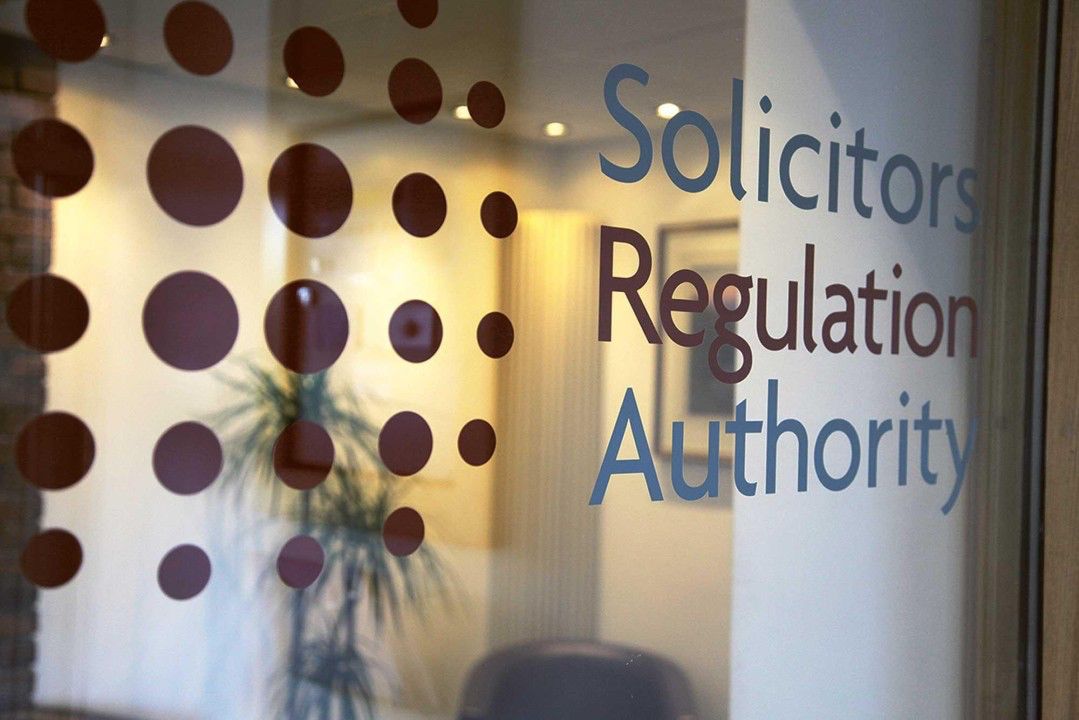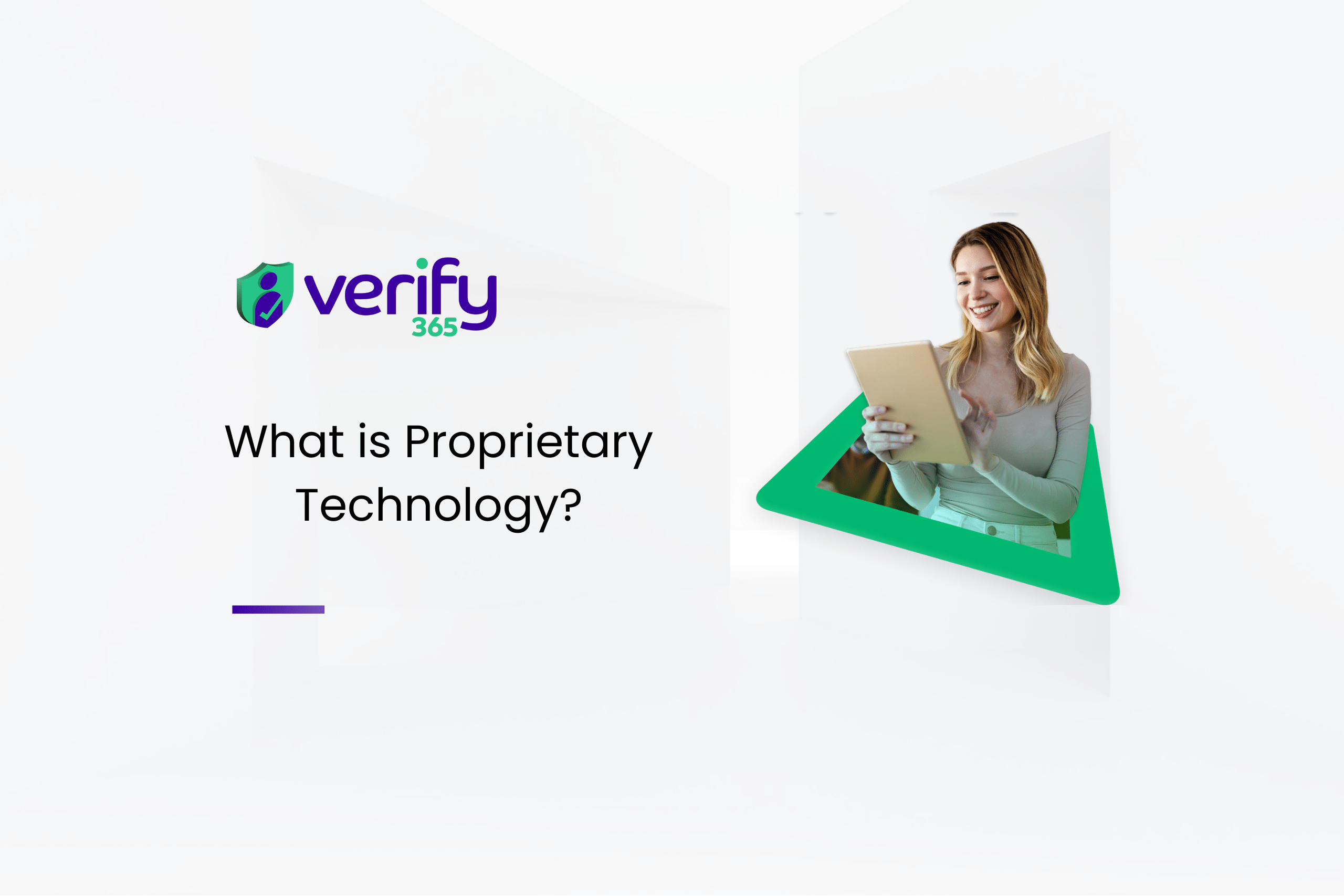]The art world has long been perceived as an attractive haven for money launderers, offering anonymity and a platform for large cash transactions. While some argue that money laundering in the art market is prevalent, others maintain that it may not be as widespread as commonly believed. In this article, we delve into the complexities of money laundering through art transactions and explore cases that shed light on this shadowy practice.
The Art Market’s Appeal to Money Launderers:
The art market’s allure to money launderers lies in its capacity to facilitate anonymous high-dollar purchases and its acceptance of large cash deals. A prime example is the Geneva Freeport, a high-security storage space near the airport, which allows artworks to be stored tax-free, further enabling money laundering schemes.
A Simple Approach
The Picasso Purchase: One straightforward method involves a scenario where an individual with $10 million in cash purchases a Picasso at an auction in a location like Geneva. The acquired artwork is immediately transferred to the secure freeport, and subsequently, the painting is anonymously sold without leaving its storage. The buyer-turned-seller then possesses money from what appears to be a legitimate art transaction.
The Basquiat Smuggling Saga
In more complex cases, convicted money launderers have used art smuggling to facilitate their illicit activities. A notable instance is when the infamous painting “Hannibal” by Jean-Michel Basquiat was smuggled into the U.S. with falsified shipping invoices, illustrating the involvement of art in money laundering networks.
Art and the Terrorism Connection
Not limited to organized crime, the art world has also been exploited by terrorist groups like ISIS, which utilize the trade of cultural antiquities to generate revenue. Objects of value are sold through various middlemen and smuggled into border countries before reaching warehouses in Europe to await Western buyers, providing an ideal avenue for money laundering.
Debating the Prevalence of Art-related Money Laundering
The extent of money laundering in the art world remains a topic of debate. While some argue that existing regulations are sufficient to combat fraudulent activities, others contend that the lack of convictions does not negate the likelihood of money laundering through art transactions.
Calls for Increased Transparency: Experts, such as Thomas Christ of the Basel Institute on Governance, advocate for enhanced transparency within the art market. They propose stringent documentation of the sources and destinations of funds in art transactions to thwart money laundering attempts.
Conclusion
The art world’s intriguing blend of anonymity, large cash transactions, and cross-border dealings has made it a potential hotspot for money launderers seeking to legitimize their ill-gotten gains. While the prevalence of money laundering through art remains a topic of contention, the need for transparency and vigilance in this sphere cannot be ignored. Striking a balance between preserving the art market’s integrity and safeguarding against illicit financial activities will be crucial in combating potential money laundering within the art industry.






